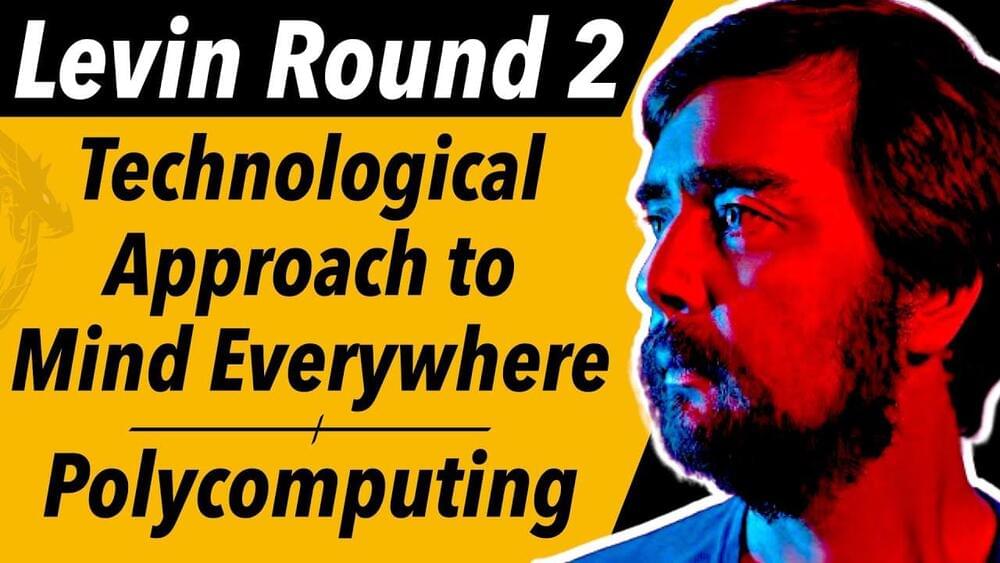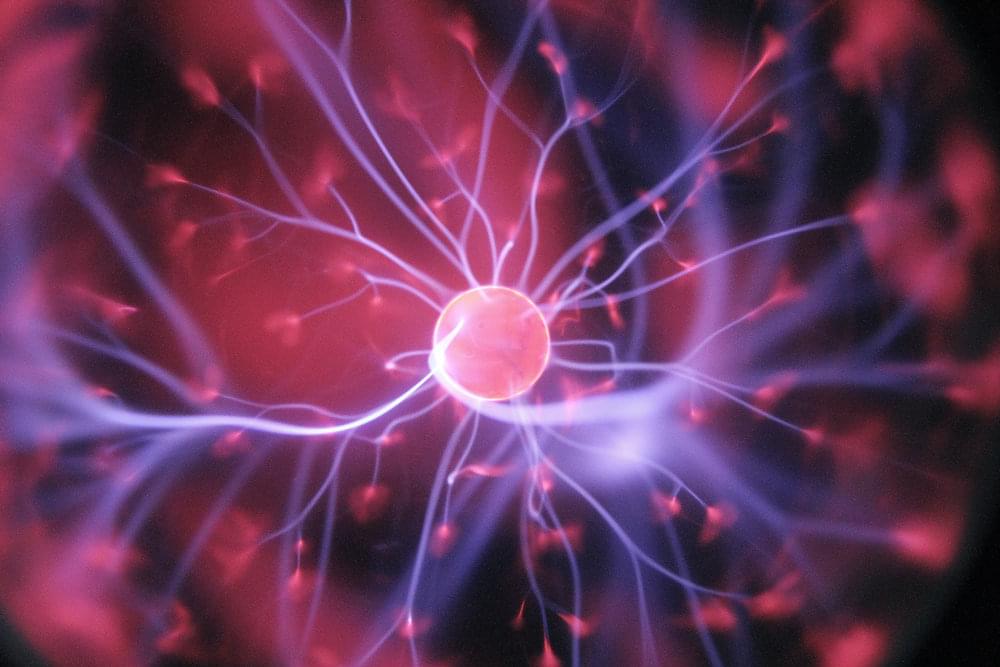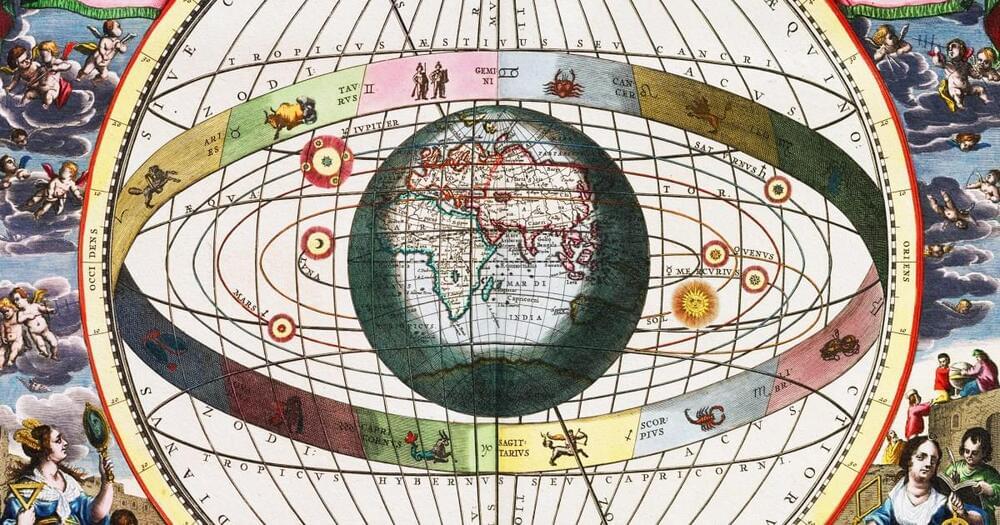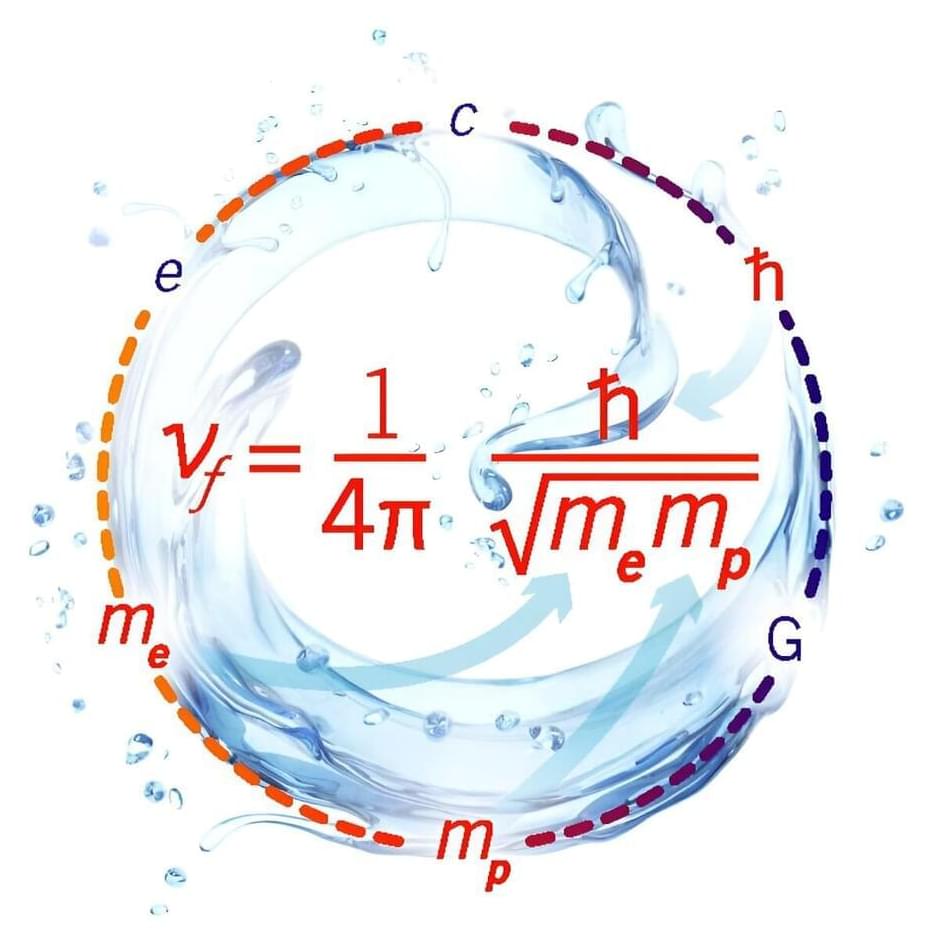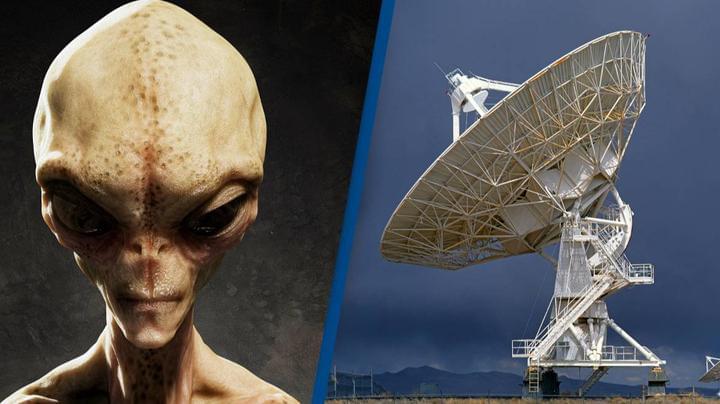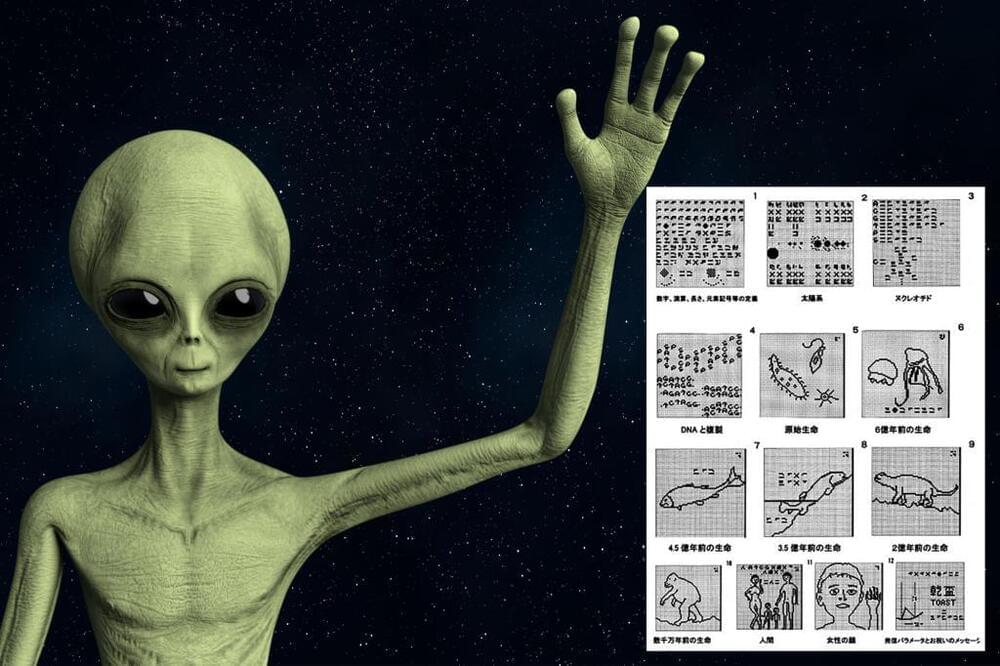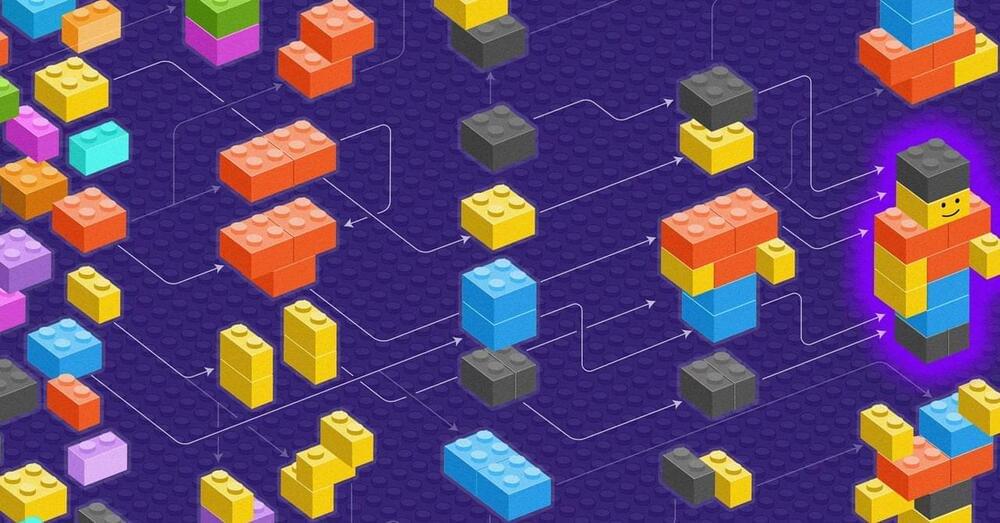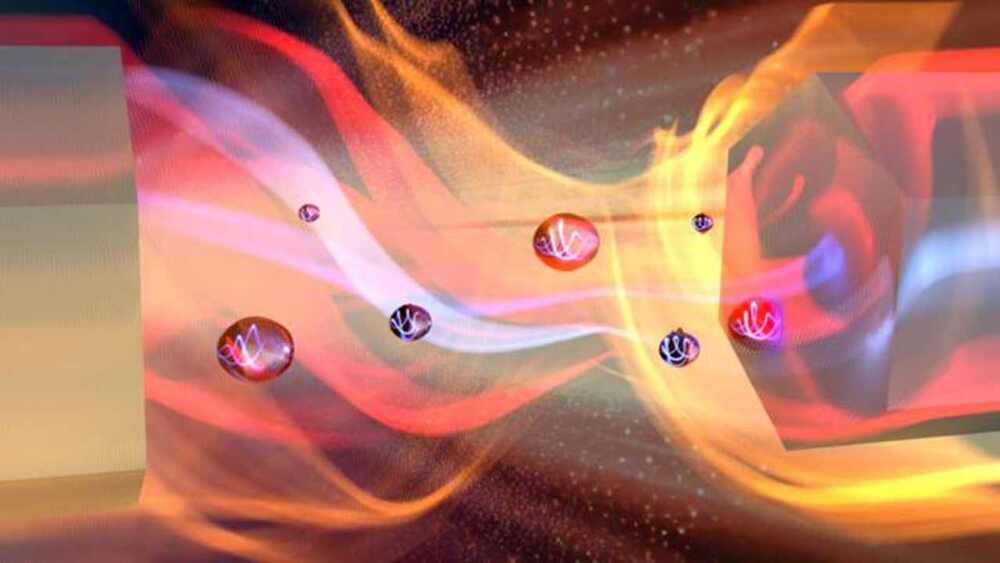Aug 31, 2023
Agency, Attractors, & Observer-Dependent Computation in Biology & Beyond
Posted by Dan Breeden in categories: alien life, computing, engineering, ethics, genetics, quantum physics
Michael Levin discusses his 2022 paper “Technological Approach to Mind Everywhere: An Experimentally-Grounded Framework for Understanding Diverse Bodies and Minds” and his 2023 paper with Joshua Bongard, “There’s Plenty of Room Right Here: Biological Systems as Evolved, Overloaded, Multi-scale Machines.” Links to papers flagged 🚩below.
Michael Levin is a scientist at Tufts University; his lab studies anatomical and behavioral decision-making at multiple scales of biological, artificial, and hybrid systems. He works at the intersection of developmental biology, artificial life, bioengineering, synthetic morphology, and cognitive science.
Continue reading “Agency, Attractors, & Observer-Dependent Computation in Biology & Beyond” »
